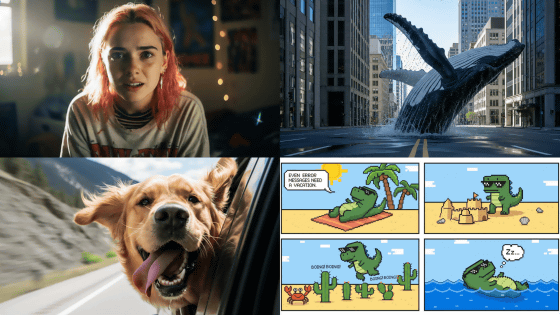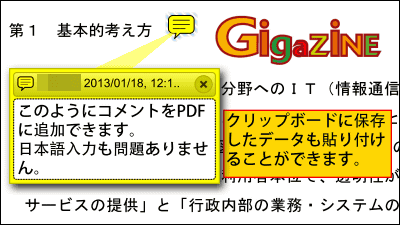Google's image generation AI 'Gemini 3 Pro Image (Nano Banana Pro)' has been released, applying Gemini's inference function to enhance language support and information organization capabilities

Google announced its image-generating AI, Gemini 3 Pro Image (Nano Banana Pro) , on November 20, 2025. Built on the foundation of
Nano Banana Pro: Gemini 3 Pro Image model from Google DeepMind
https://blog.google/technology/ai/nano-banana-pro/
Nano Banana Pro: Gemini 3 Pro Image model from Google DeepMind
https://blog.google/technology/ai/nano-banana-pro/
Google says, 'Nano Banana Pro helps you visualize any idea and design anything, from prototyping to representing data as infographics and converting handwritten notes into diagrams.' The advanced inference capabilities of Gemini 3 mean it can not only generate images, but also create infographics and diagrams from given information.
Nano Banana Pro can be used by selecting the 'Thinking' model in the Gemini app and then selecting 'Create Image.' It's available to both paid Google AI users and free users, but there's a limit to the number of images it can generate. This time, I loaded a single photo and asked it to process it into a night photo.

Below is the output of the conventional Nano Banana.

In contrast, the output of the Nano Banana Pro looks like this: You can see that the night atmosphere is more pronounced than what the Nano Banana output.
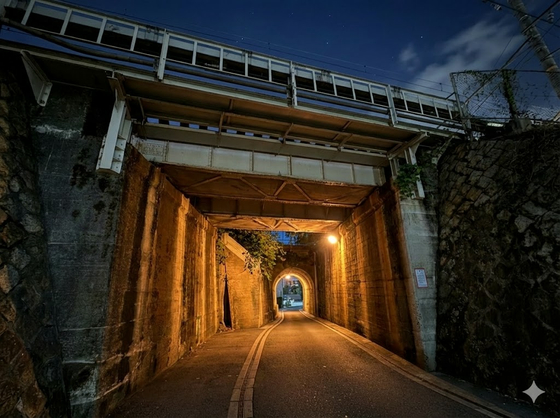
Below is the image output when Nano Banana is asked to 'explain how to make curry with a single diagram.' Looking at the picture alone, it looks like the explanation is good, but the Japanese written inside is messy and the order of the numbers is incorrect.
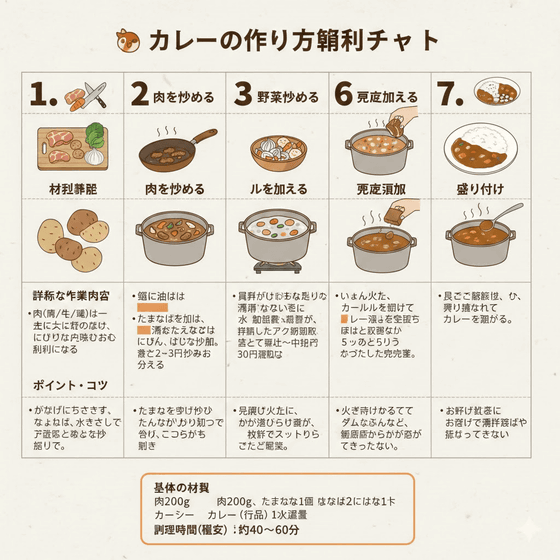
And here's the image below, outputted from the Nano Banana Pro with the same instructions. For some reason, there are mistakes, such as arrows jumping from 2 to 4 and from 3 to 5, but the Japanese and the illustrations are accurate.
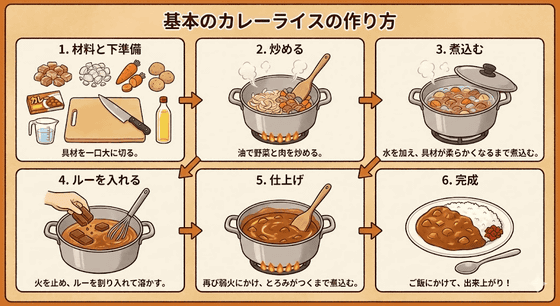
When Nano Banana Pro generates a '
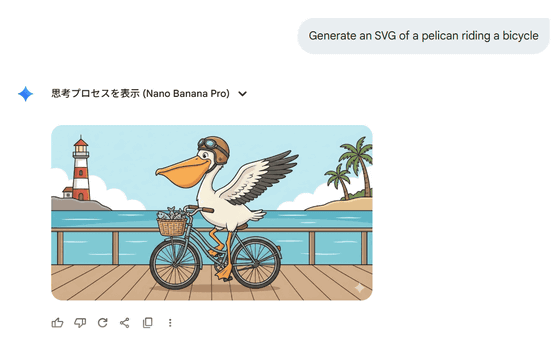
Below is an example of a Nano Banana Pro created by Google. After loading a scene from a movie and instructing the machine to create an image board, the machine outputs an image board with all the information necessary for shooting in a hand-drawn style illustration.

When I loaded a photo of a houseplant and instructed it to create an infographic, an infographic was output that summarized the plant's name, origin, vegetation, etc. on one page along with an illustration.

You can also combine multiple images into a single image with a consistent design. Nano Banana Pro can use up to 14 images and generate an image with up to five people, maintaining consistency and similarity.

When image generation AI tries to generate images with text, it often ends up looking messy because the text is recognized as a picture. However, Nano Banana Pro uses Gemini's enhanced multilingual inference capabilities to make the text written on images more accurate and less likely to collapse, as shown in the example of how to make curry. This makes it possible to generate text in multiple languages and translate image content containing text.

Google has announced that it will upgrade the image generation feature in Google Ads to Nano Banana Pro and roll it out to Workspace users of Google Slides and Google Videos.
In addition, Google has revealed that to determine whether an image is generated by AI, images generated by Nano Banana Pro will be embedded with C2PA metadata and will also be checked for SynthID in the watermark (digital watermark) using Gemini.
Related Posts:
in AI, Web Service, Posted by log1i_yk

